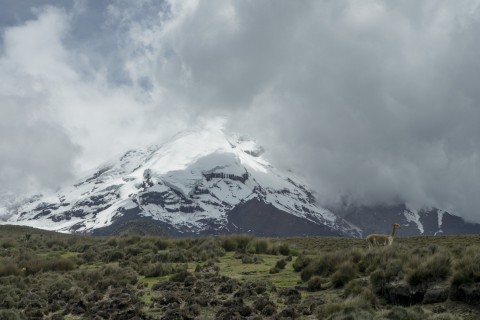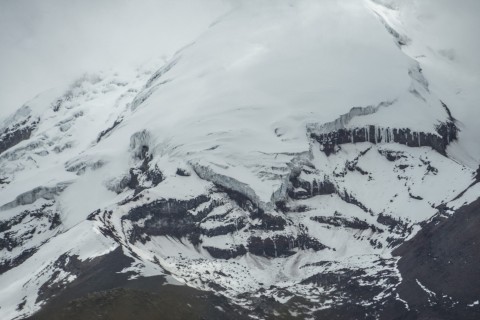
The Peruvian Andes’ mountaintop ice, which represents most of the world’s tropical glaciers, has lost more than half of its area due to climate change, the Ministry of Environment said Thursday.
To wit, the glaciers have receded by 1,348 square kilometers (520 square miles) since 1962, according to the latest measurements, the National Institute of Glacier and Ecosystem Research reported.
Mount Pastoruri, which at some 5,250 meters (17,200 feet) in the northern Ancash region is one of the crown jewels of Peru’s mountain tourism sector, is one of the hardest hit, having lost more than 50 percent of its ice surface area, the agency said.

“This process is causing the formation of new lagoons,” it said.
Peru says it is home to about 70 percent of the world’s glaciers in tropical regions.
“Tropical glaciers are of great importance and interest because they are excellent, sensitive indicators of climate change,” the institute said.
The ice loss study was carried out in 20 glacial mountain ranges scattered over 14 of Peru’s 25 departments.







